It possibly is birth; I just took it as "emanated as charioteer". What I see is that Vajra is her main item like Vajra Tara, neither one of them are in Vajra Family, just have the name and the item.Posted by Old Student (here)
In the statue of Marici you showed, Marici appears to be giving birth to herself? When I looked it up in Himalayan Art, they give yet a different Chinese name for Marici, this one not transliterated, "具光“ literally the Instrument of Light.
Marici's outer forms are Akosakanta, which I believe is her samaya, and Needle and Thread, which is obstacle removal. Both units are obviously incorporated into the six arm one, along with the shared items.
Both Amritakundalin and Khandaroha are like obstacle removal with what is usually called an All-Purpose Mantra in the tantras.
The inscription on the reverse of the large Marici mandala begins:
om sarva vidya svaha
which as we have recently seen, is the Adi Buddha mantra of Nepal meant to conjoin with Guyeshvari and the rest.
Perhaps what you are experiencing is non-dualization in all of the 72,000 or 84,000 branch nerves.
Here is the difference between outer retinues that I use and something like Marici mandala, where the image has a meaning similar to things we mentioned:
Before the meditating person arrives at the mandala gates, she must, however, pass the four outer circles: the purifying fire of wisdom, the vajra circle, the circle with the eight tombs, the lotus circle. These are the circular borders of mandalas:
fire of wisdom: the outermost circle consists of the purifying fire
vajra circle: the diamond circle expresses strength and fearlessness
tombs: there are eight tombs, which symbolises the eight states of consciousness, which the person must go beyond
lotus circle: expresses the open state of devotion, that is necessary to enter the palace
Marici is a feminized version of Savitri from the Puranas:
Name of a sun-deity ([according to] to [Naighaṇṭuka, commented on by Yāska] belonging to the atmosphere as well as to heaven; and sometimes in the Veda identified with, at other times distinguished from Sūrya, ‘the Sun’, being conceived of and personified as the divine influence and vivifying power of the sun, while Sūrya is the more concrete conception; [according to] to [Sāyaṇa] the sun before rising is called Savitṛ, and after rising till its setting Sūrya; eleven whole hymns of the [Ṛg-veda] and parts of others [e.g. i, 35; ii, 38; iii, 62, 10-12 etc.] are devoted to the praise of Savitṛ; he has golden hands, arms, hair etc.; he is also reckoned among the Ādityas q.v., and is even worshipped as ‘of all creatures’, supporting the world and delivering his votaries from sin.
The daughter of the Sun. This Sāvitrī is the elder sister of Tapatī. Brahmā married these sisters.
The goddess Savitri is the presiding deity of the Suryamandala or the solar orb along with its aura. She is said to be the mother of the Vedas. Brahma in his role as custodian of the Vedas was the first to worship her.
So the Buddhist Marici is less the solar orb, and more its
Divine Influence and Vivifying Power
as was more frequently historically applied to a male Savitr. But then as soon as she may be a daughter of the sun, Tapati is there, i. e. Tapas--Vairocani.
Marici's Needle is called Suci which is one of the first three sons of Agni and Svaha called Solar Fire.
Agni Yoga is based on three main fires, Prithvi in Manipur chakra, Sky--Pavaka--Vaidyut--Watery Fire--Lightning--Heart, and Agni Savitur Prajna--head. There is also a facial fire for invocation, and others, but it is based in a Trinity.
Male Agni is present but this must also be understood as three shaktis Iccha, Jnana, Kriya:
“ TRI-AGNI MAHA SHAKTI VIDMAHE
DATT SAVITRI DHI MAHI
KALYAN ARTHE PRACHODAYAT"
And so the shaktis of the three major Agnis are Savitri, so it is still Marici and why Agni Homa is involved in Buddhism. Evidently the way it describes inner forces is highly similar. And rather than yoga, the most appropriate term is probably Agni Vaisvanara or the practice of Yajnawalkya, Janaka, and Sita in the same Nepalese borderland shortly prior to Buddha.
Iccha, Jnana, and Kriya are Sarasvati, Lakshmi, and Gauri, the last being that state of prajna of the head which manifests Higher Yoni Triangle.
In the families of Agni, some of the fires are considered "mobile", and some are not. The crux here seems to be with one Samsya "Problem", who is something like shattered and being restored.
Fixed Fires, sons of Samsya, include the Ocean Fire, and Rtudhama in Udumbara Forest with Brahma Jyotir Vasu. It is this Rtudhama I took to be akin to Sitabani.
In the Puranas, you find:
the excellent god, Rtudhama - the lord of the gods, Suci and Sukla are to be worshipped.
(Jupiter, Sun, Venus)
Vayu Purana says Rtudhama lives in Udumbara Forest, right before Brahma's region which houses Brahma Jyotir Vasu.
Brahma's region or Brahmasthana is a "cleared-out center" of a house, navel, heart, etc.
Brahma Jyoti is accompanied by inner heat, can produce Bliss, but not Increasing Bliss. It has effulgent light and primordial sound. So this aspect of Agni has everything to do with regulating inner heat for the purposes of yoga, along with a forest aspect, which usually indicates cooling.
The Agni at Brahma Jyotir is Vishvavyacas, All-Embracing or Aditi.
Udumbara is a fig or custard apple, but also the name of a Kasyapa Gotra of Tattirya Brahmans of Krsna Yajur Veda, who use Vishvavyacas also as a name for a certain cow.
- Home
- Forum
- Chat
- Donate
- What's New?
-
Site Links

-
Avalon Library

-
External Sites

- Solari Report | Catherine Austin Fitts
- The Wall Will Fall | Vanessa Beeley
- Unsafe Space | Keri Smith
- Giza Death Star | Joseph P. Farrell
- The Last American Vagabond
- Caitlin Johnstone
- John Pilger
- Voltaire Network
- Suspicious Observers
- Peak Prosperity | Chris Martenson
- Dark Journalist
- The Black Vault
- Global Research | Michael Chossudovsky
- Corbett Report
- Infowars
- Natural News
- Ice Age Farmer
- Dr. Joseph Mercola
- Childrens Health Defense
- Geoengineering Watch | Dane Wigington
- Truthstream Media
- Unlimited Hangout | Whitney Webb
- Wikileaks index
- Vaccine Impact
- Eva Bartlett (In Gaza blog)
- Scott Ritter
- Redacted (Natalie & Clayton Morris)
- Judging Freedom (Andrew Napolitano)
- Alexander Mercouris
- The Duran
- Simplicius The Thinker





 Reply With Quote
Reply With Quote


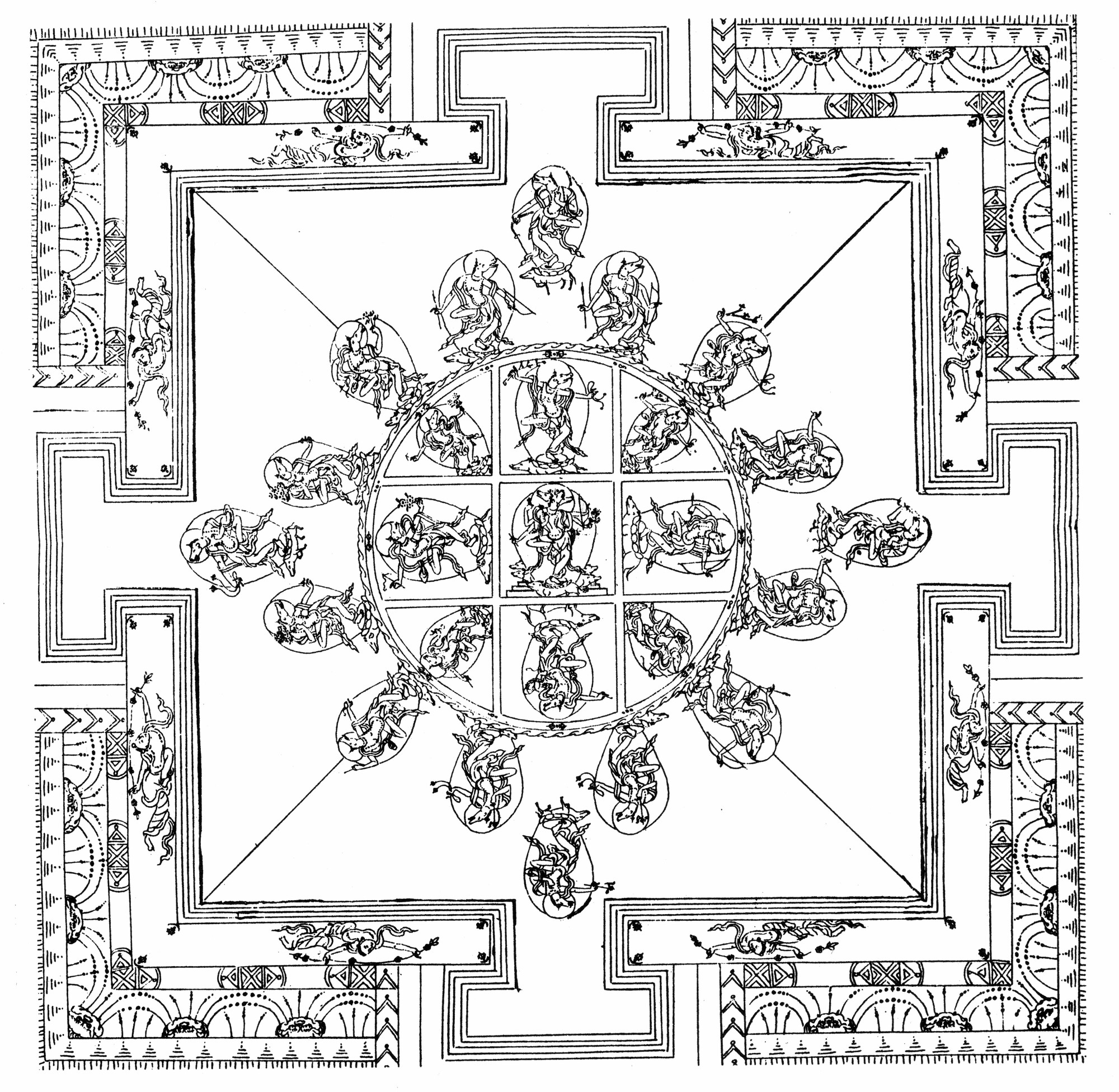
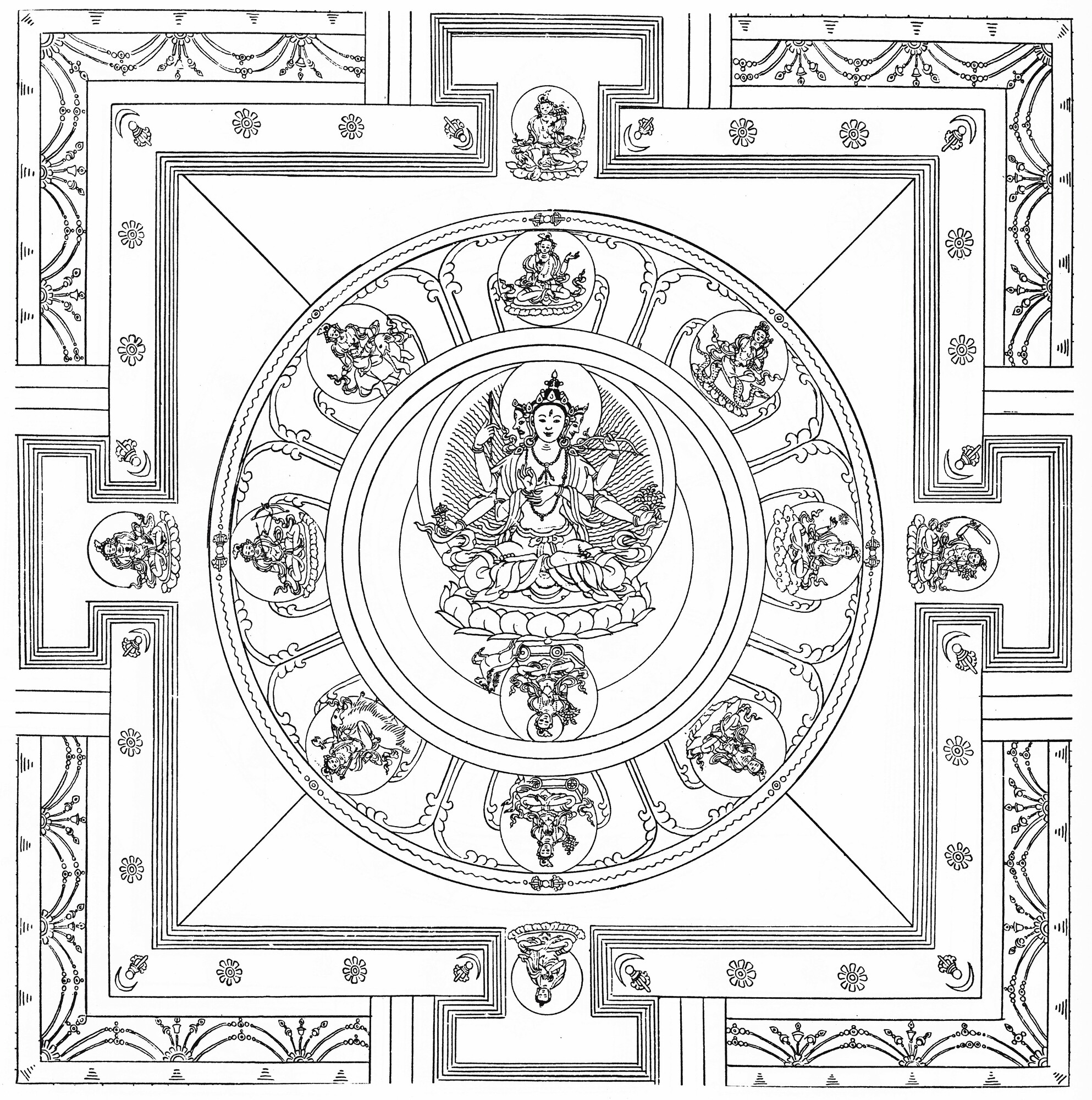
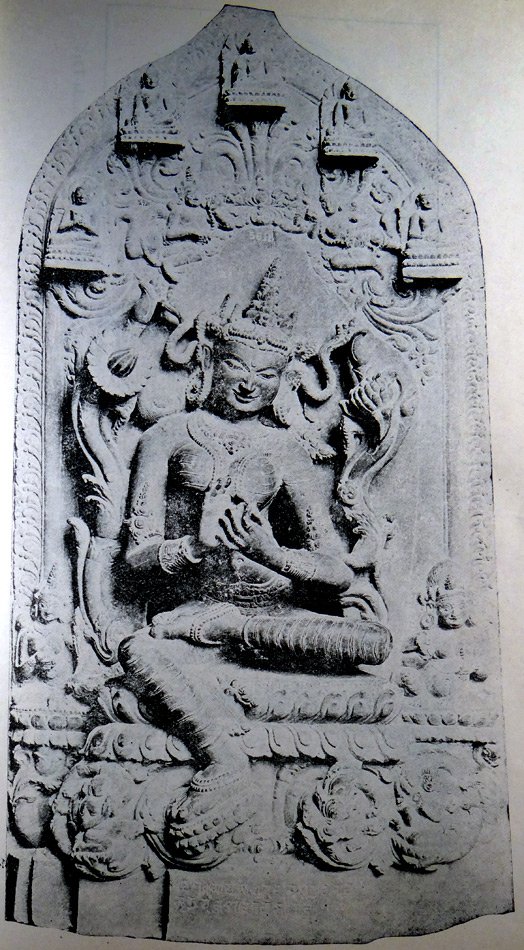
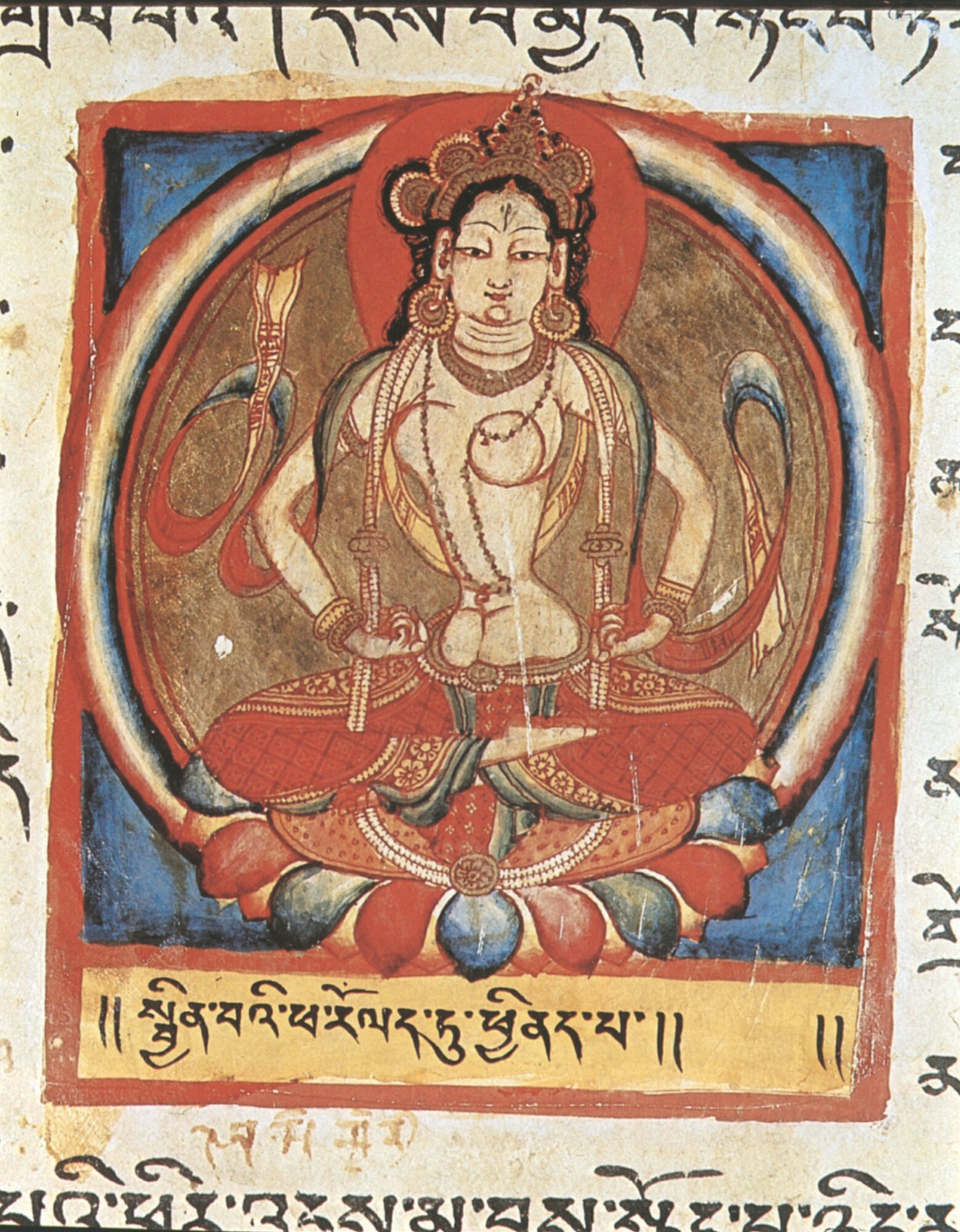
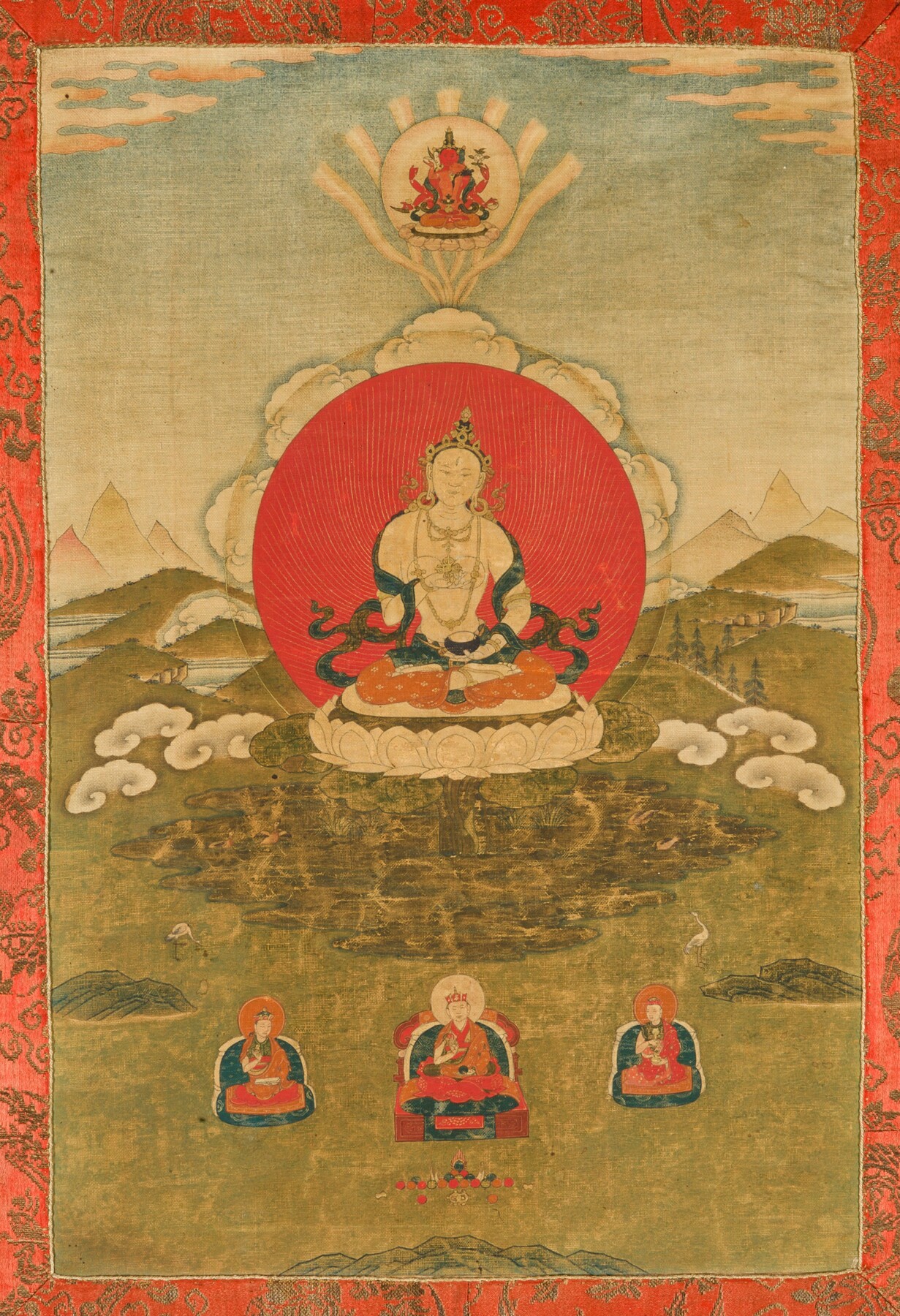
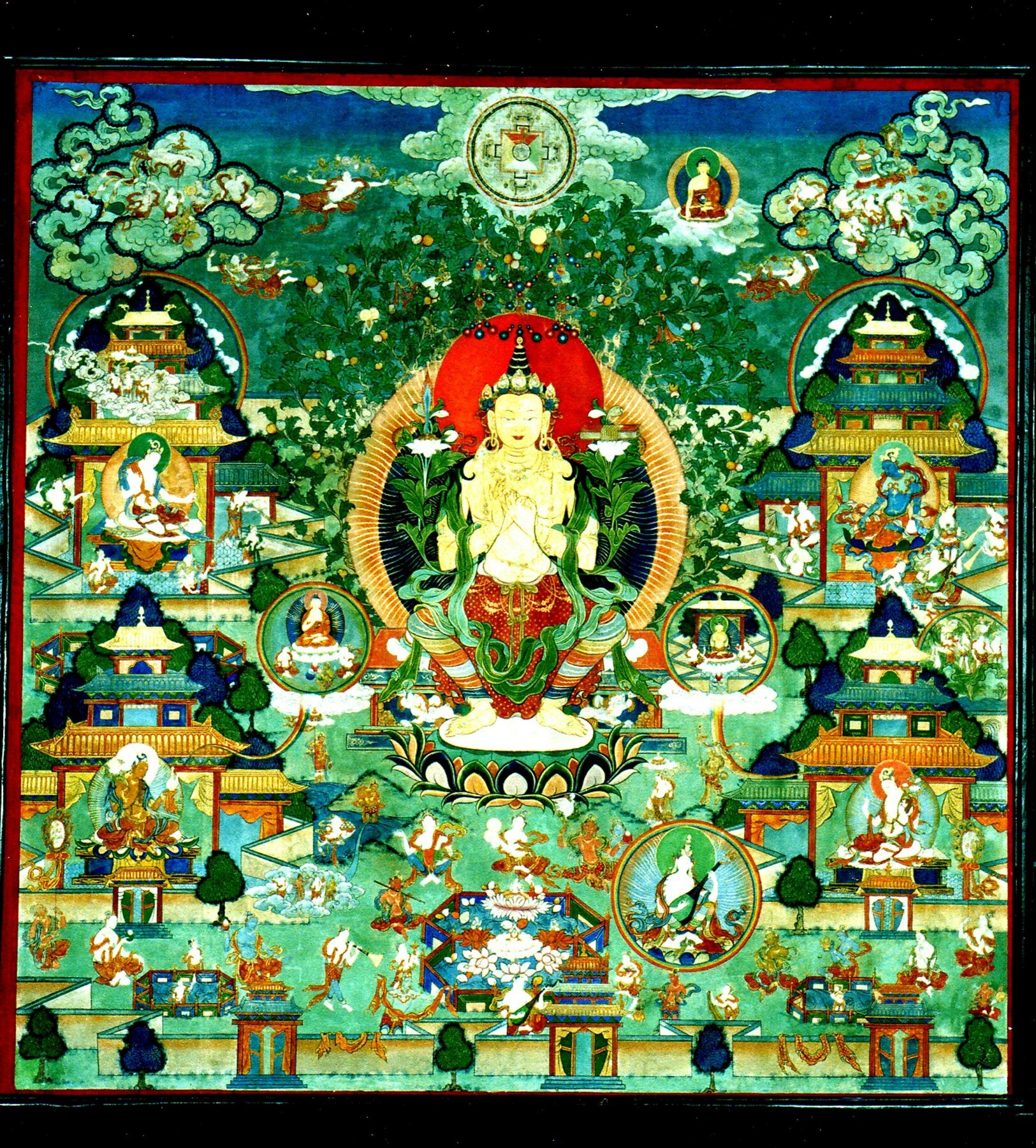

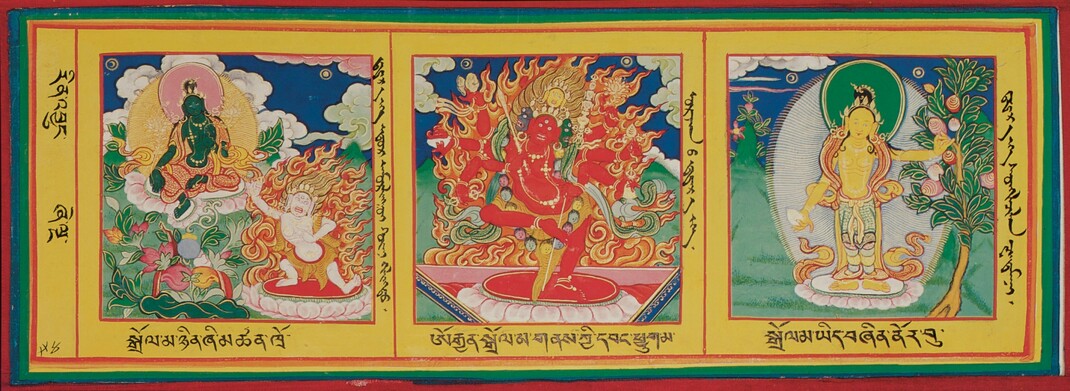
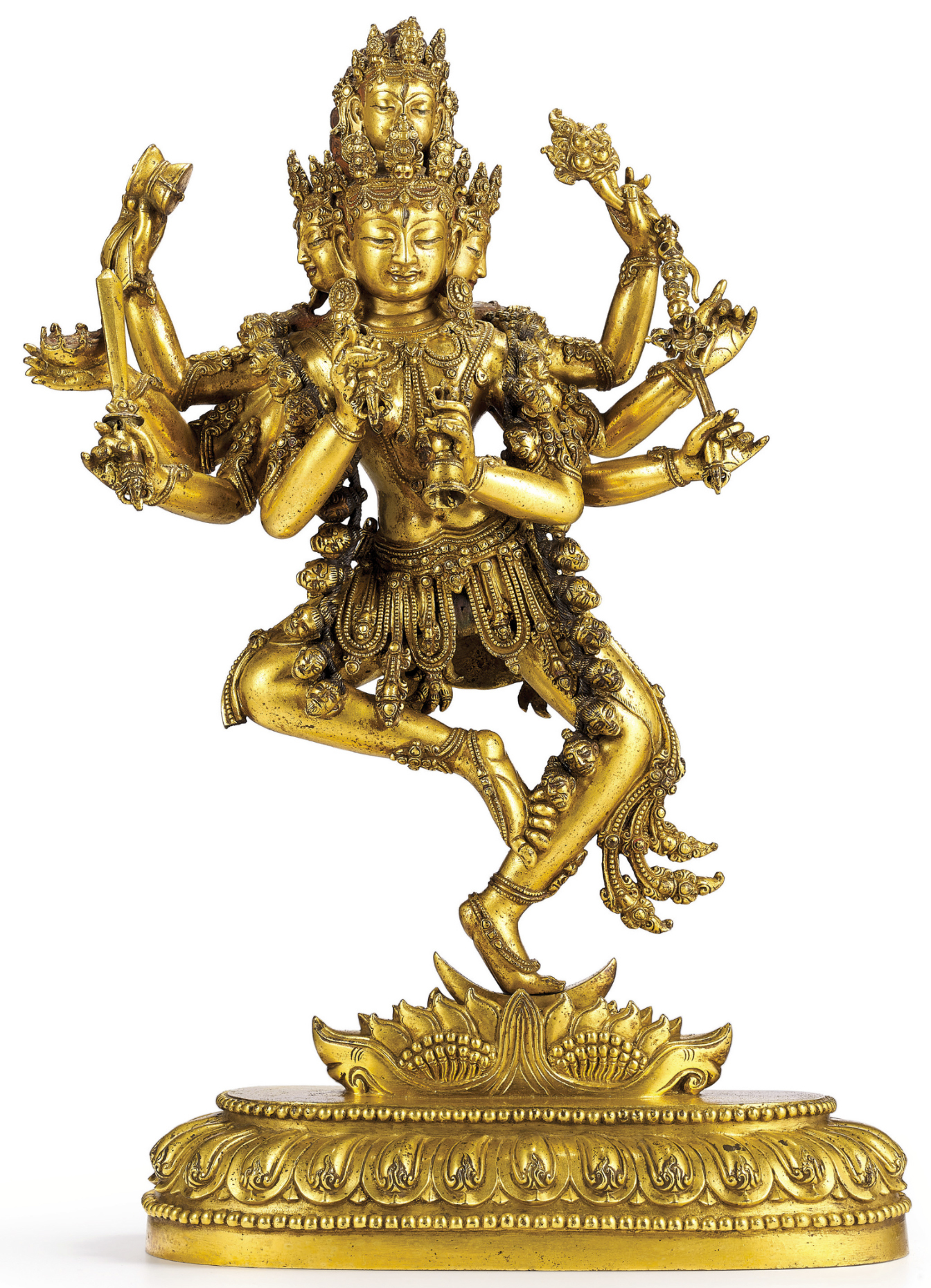



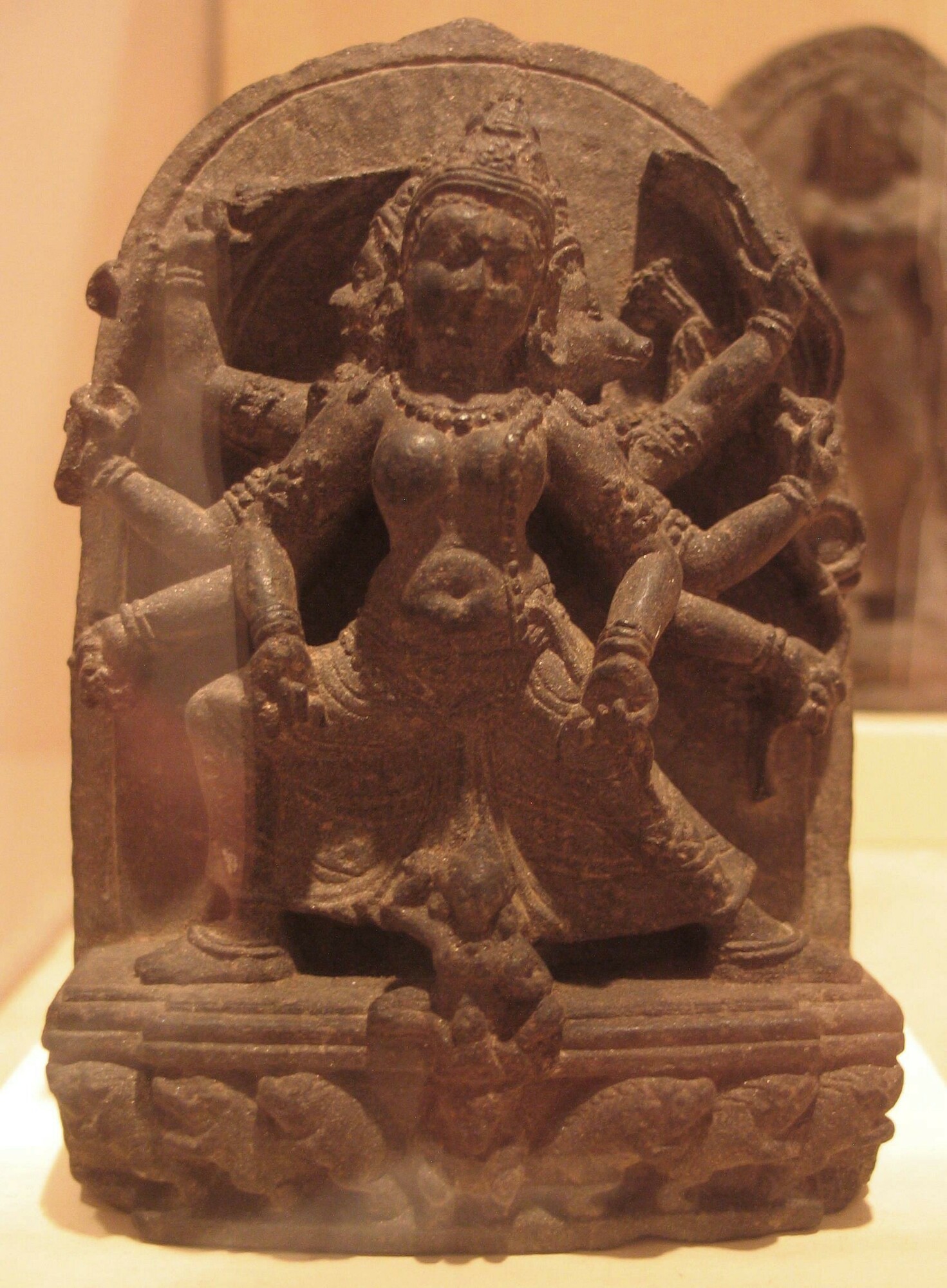
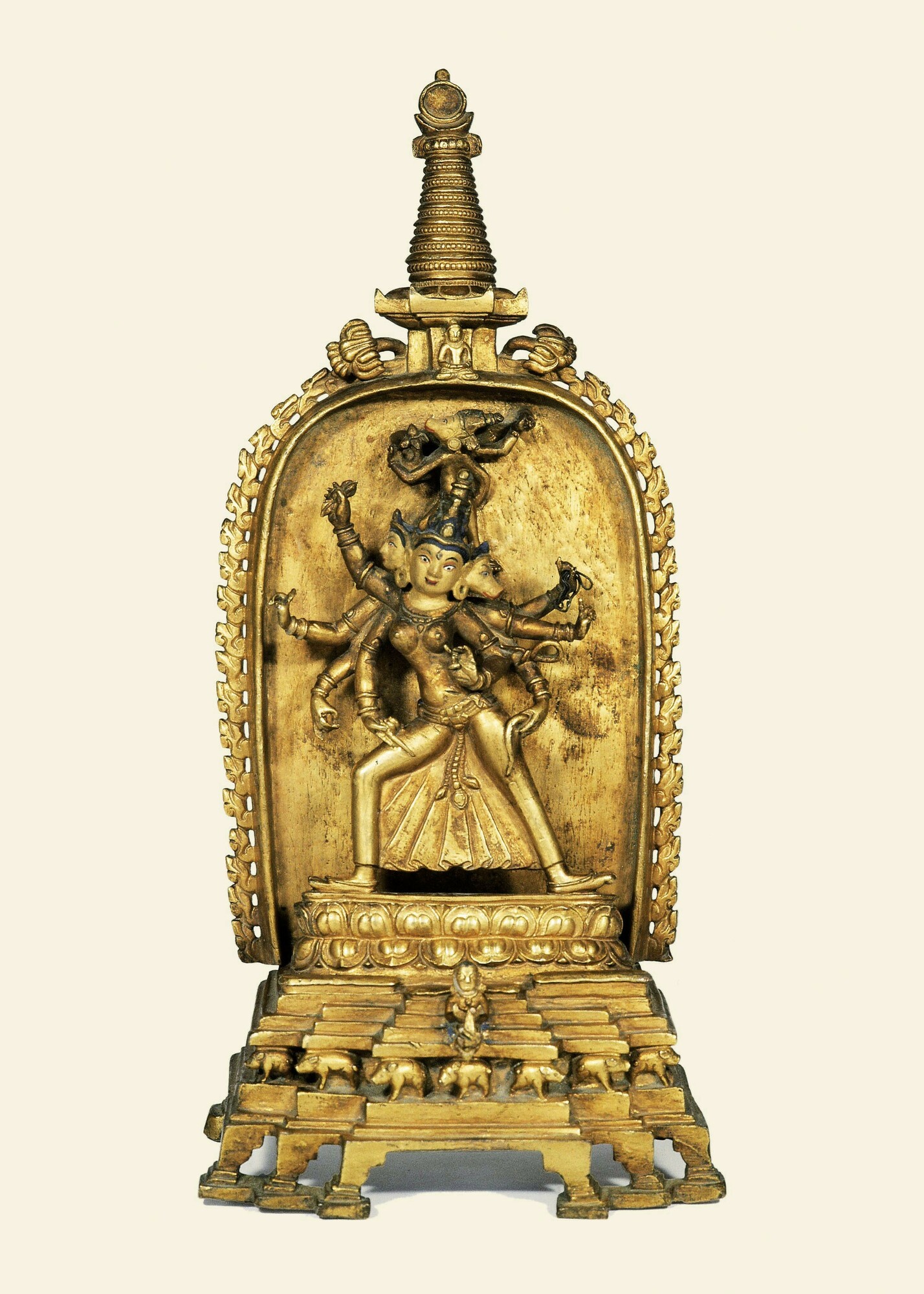


Bookmarks